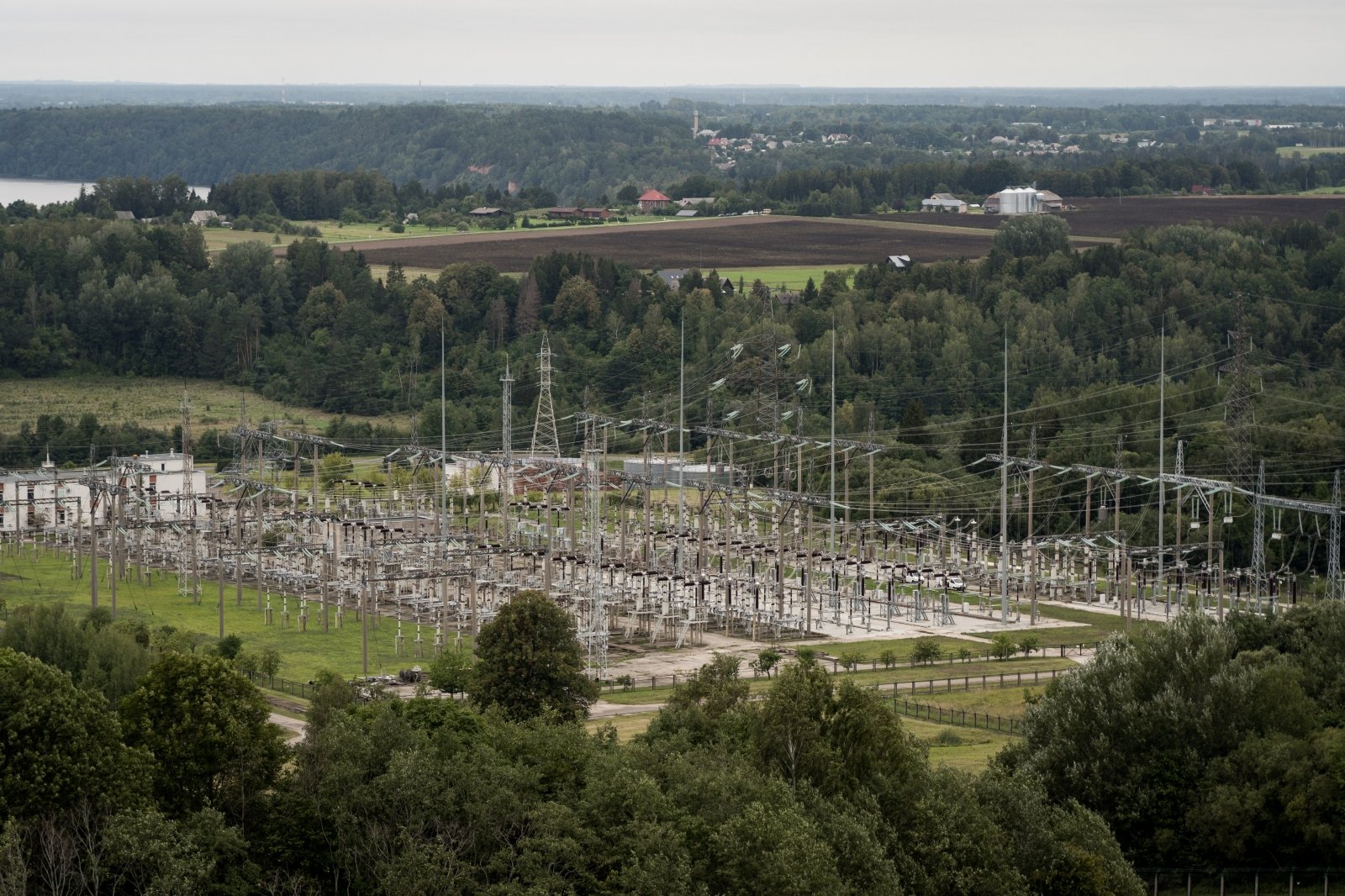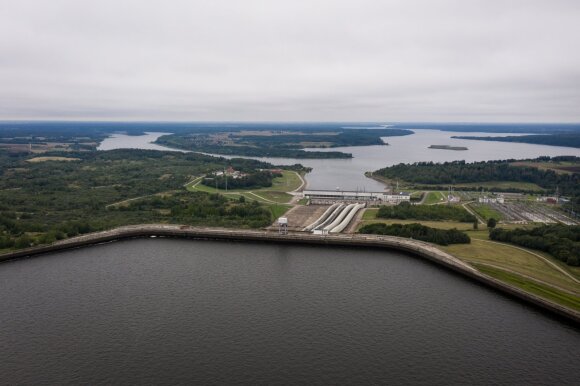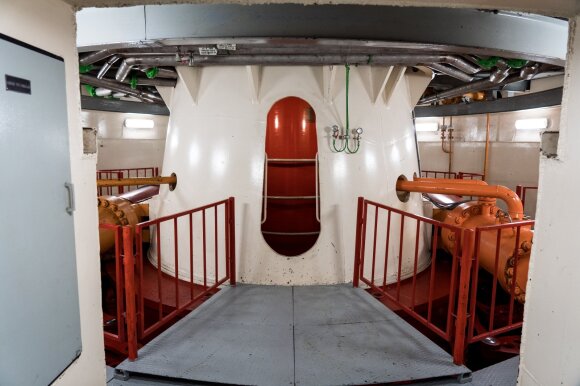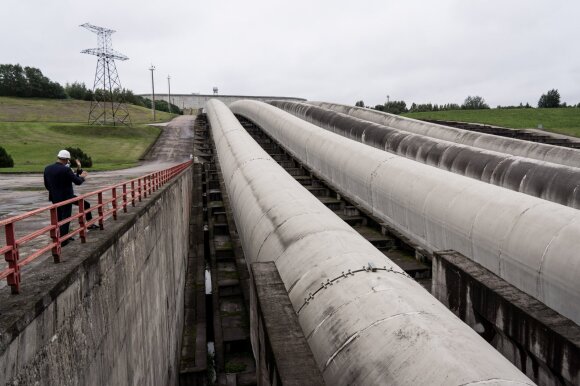
[ad_1]
The Kruonis accumulation hydroelectric plant is the only plant of its kind in the Baltic countries. It is located in the Kaišiadorys district, north of the city of Kruonis. Construction of the power plant began in 1984, but exploration of the location of the best water-based power plant began in 1978.
According to Raimondas Minkevičius, Head of the Ignitis Production Hydroelectric Operations Department, the location of the storage hydroelectric plant was not chosen by chance.
“Several possible locations for the construction of such a power plant were planned: near Neris (Sudervė) and another place here, near Nemunas, near Kaunas. Why was this place chosen? Because the lower pool has already been installed here, it is the Kaunas lagoon. The only thing we had to do was connect with the Kaunas lagoon through the reverse channel and we already have where to take the water and where to return it. It is not worth building hydroelectric plants where the water gap is less than 100 meters. It is difficult to find such places in Lithuania, because we are a land of plains ”, says the interlocutor.

Pointing to the lower basin, R. Minkevičius says that it connects with the Kaunas lagoon. The pool is about 660 meters long, 250 meters wide and about 10 meters deep.
“We pump water through pipes to the upper basin at low electricity prices (usually at night or on weekends), and when they rise (usually during the day) we return the water through the same pipes, it turns the impeller of the pump in the opposite direction, turning the pump into a generator. electricity is supplied to the grid. The main functions of this plant are the services of the system to the operator of the transmission network, which include voltage regulation and provision of emergency reserve, and commercial electricity generation at the most favorable prices of the plant ”, explains the interlocutor about the plant operating principles.

According to R. Minkevičius, the project, which was prepared in the Soviet era, envisaged 8 units that could act as pumps to pump water and as generators to generate electricity. They can produce 225 megawatt hours of electricity per hour. According to the installed capacity, the project has been 50 percent executed: currently, four units operating at full capacity in the plant can generate 900 MW of power, and the work carried out in the construction part covers around 70 percent. original project. The upper basin was built as planned for eight units. The maximum amount of water stored here is 48 million. m3, area – 303 ha, perimeter – 6.8 km.
“When the demand for electricity in the country falls and there is a lot of excess cheap energy in the system, the units of the Kruonis hydroelectric power station, turned on in pump mode, carry water from the Kaunas lagoon to the artificial upper basin. The tubes have an internal diameter of 7.5 m, an external diameter of 8.4 m, a length of 840 m and a truck that could fit inside. A pipe flows 200 m3 of water per second; untrained Nemunas carry a similar amount of water. During the day, when the demand for electricity increases, Kruonis HPP can operate like a normal hydroelectric power station and produce electricity, and the maximum operating time of the four units, the total capacity is 12 hours, ”says R. Minkevičius about the operation of the power plant.

This process is generally carried out only on weekdays, and on weekends and holidays, the need for electricity decreases and generator mode is rarely needed during the day. However, at night, the water is pumped into the upper basin, because at that time the most favorable prices are formed, that is, the lowest prices for electricity.
During the day, two out of every four units are usually in operation, with two providing emergency standby service and 3-4 hydroelectric units operating at night. Full electrical power can start in two minutes.
Delfi Būstas has raised the question of how environmentally friendly this method of generating electricity is. According to the head of the plant, HPP Kruonis’ activities are carried out taking into account the recommendations and requirements of environmentalists, so that no damage is caused to nature.
It is strictly prohibited to use the information published by DELFI on other websites, in the media or elsewhere, or to distribute our material in any way without consent, and if consent has been obtained, it is necessary to indicate DELFI as the source.
[ad_2]